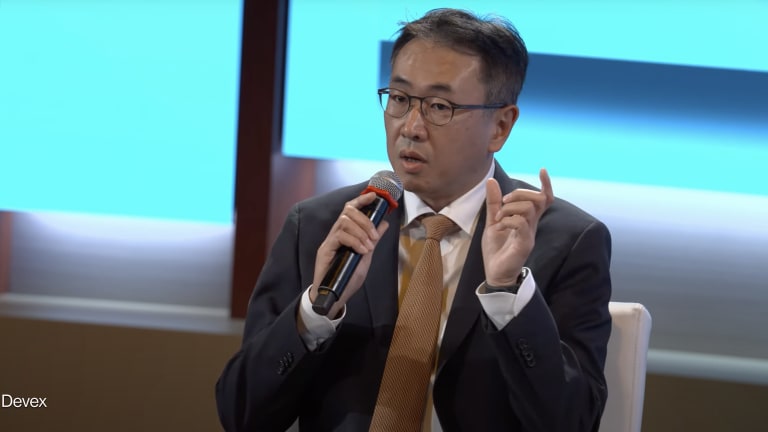In a rare and welcome display of bipartisan support, the United States Congress just passed the Electrify Africa Act, ensuring the continuation of the Obama administration’s Power Africa initiative to expand access to electricity in Africa. Now that this legislation will become the law of the land, we urge the U.S. government to succeed by asking and answering the key questions we offer below.
But first, some background. Nearly three years ago, President Barack Obama launched Power Africa, which aims to bring together African and donor governments, private companies and international financial institutions to tackle the staggering problem of energy poverty on the African continent. Reports estimate that more than half a billion people in sub-Saharan Africa do not have access to reliable, affordable electricity. Power Africa hopes to help reach millions of them — 60 million households and businesses — through 30,000 megawatts of new, cleaner energy.
How does Power Africa plan to achieve that ambitious goal? We got a snapshot of the plan last week when the initiative launched the Power Africa Roadmap and Power Africa Tracking Tool, or PATT, a new resource that provides information on projects in the pipeline; why these projects (and future ones) were deemed a good fit for the initiative; the total amount of electricity they’re expected to bring online; and what else is needed — both in terms of policy and projects — to cross the finish line by 2030.








